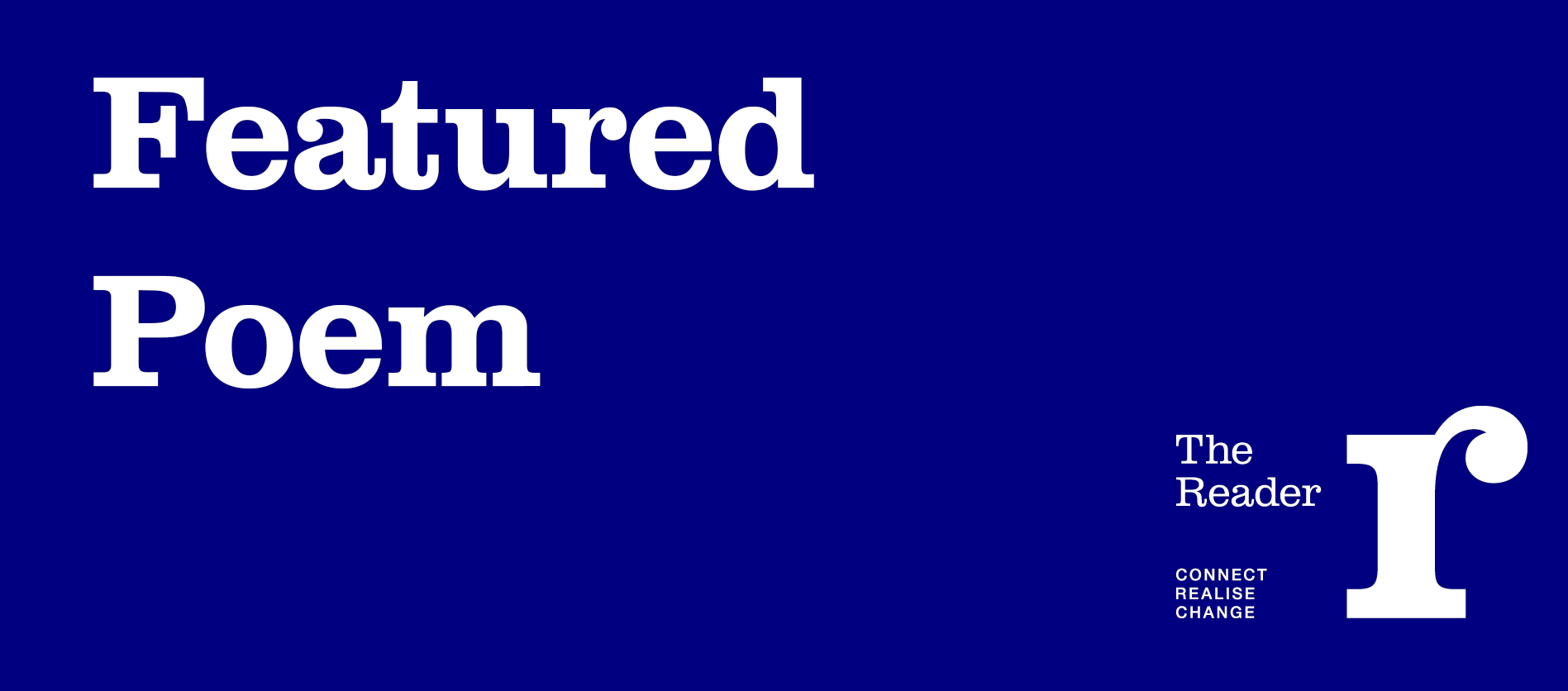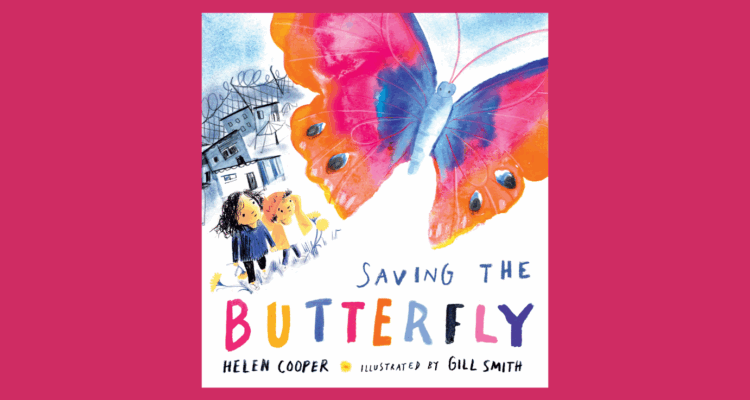Featured Poem: The Panther by Rilke

In the autumn of 1902, Rainer Maria Rilke began working as secretary to the French sculptor Auguste Rodin.
Rilke was commissioned to write a monograph on the Worpswede artists and originally moved to Paris in order to watch Rodin at work. He would observe the artist working and despite only possessing minimal knowledge of the French language, would be talk to him for hours; he was astounded by the unfaltering attention to the minutiae of life that Rodin was dedicated to.
'The Panther' was written after Rodin encouraged Rilke (who had complained of not having written for some time) to visit the Jardins de Plantes to observe the animals there. If legend is to be believed, Rilke spent nine hours staring at a panther in its cage. The poem describes with the utmost clarity the physicality of the animal: firstly, in its entirety, how it moves and thinks; secondly, its broken down into parts (joints, eyes, etc.). The poem symbolises how, through its being encaged, the panther is taken apart and that finally it "is gone".
The Panther
In the Jardins de Plantes, Paris
His vision, from the constantly passing bars,
has grown so weary that it cannot hold
anything else. It seems to him there are
a thousand bars, and behind the bars, no world.
As he paces in cramped circles, over and over,
the movement of his powerful soft strides
is like a ritual dance around a center
in which a mighty will stands paralyzed.
Only at times, the curtain of the pupils
lifts, quietly. An image enters in,
rushes down through the tense, arrested muscles,
plunges into the heart and is gone.
Rainer Maria Rilke, 1902
Share
Related Articles

Storybarn Book of the Month: Saving the Butterfly
This month, as part of Refugee Week (16-22 June), we've been taking a look back at one of our favourites…

June’s Stories and Poems
This month we are celebrating the natural world, and especially the many wonderful creatures that live within it, with June’s…

April’s Monthly Stories and Poems
Our year of Wonder with The Reader Bookshelf 2024-25 is coming to a close – though we won’t be putting…


